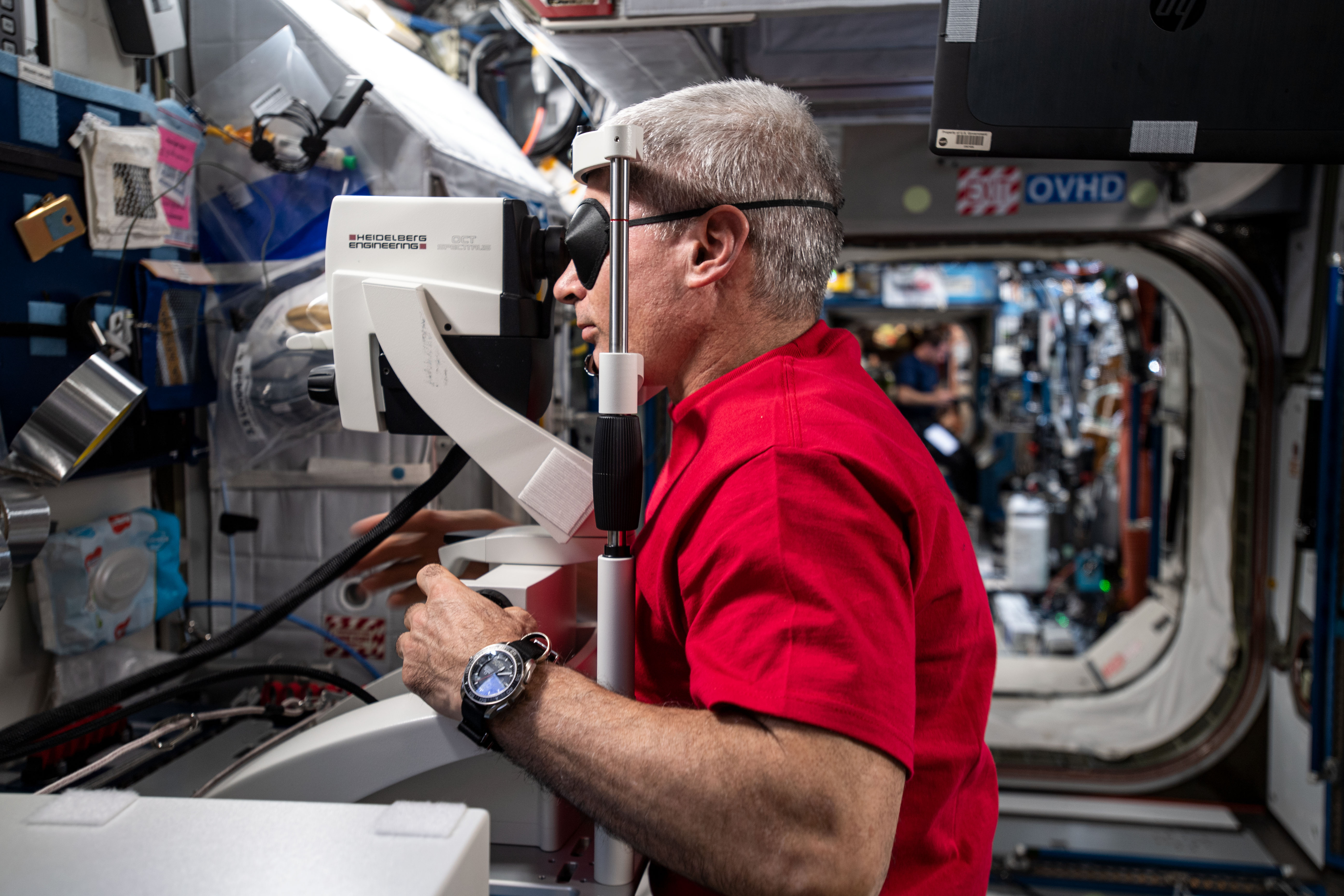
NASA astronaut Nick Hague and Roscosmos cosmonaut Aleksandr Gorbunov will be busy during their roughly five-month mission at the International Space Station.
The Crew-9 members will conduct more than 200 science investigations involving blood clotting studies, moisture effects on plants grown in space, and vision changes in astronauts.
Researchers want to determine how environmental conditions affect platelets and megakaryocytes, which are large cells found in bone marrow. Both play important roles in blood clotting and immune response, and the results could provide answers for humans in space and here on Earth.
The crew also will study the vision changes that often occur while astronauts are in orbit and if a daily vitamin B supplement will make a difference. It’s still unknown why some astronauts experience vision changes and others do not, but researchers have been studying it for years.
Members of Crew-9 will participate in a spacewalk to repair a telescope attached to the outside of the space station.
Hague and Gorbunov are scheduled to launch to the space station at 1:17 p.m. EDT aboard a SpaceX Dragon spacecraft and Falcon 9 rocket from Space Launch Complex-40 at Cape Canaveral Space Force Station in Florida.
